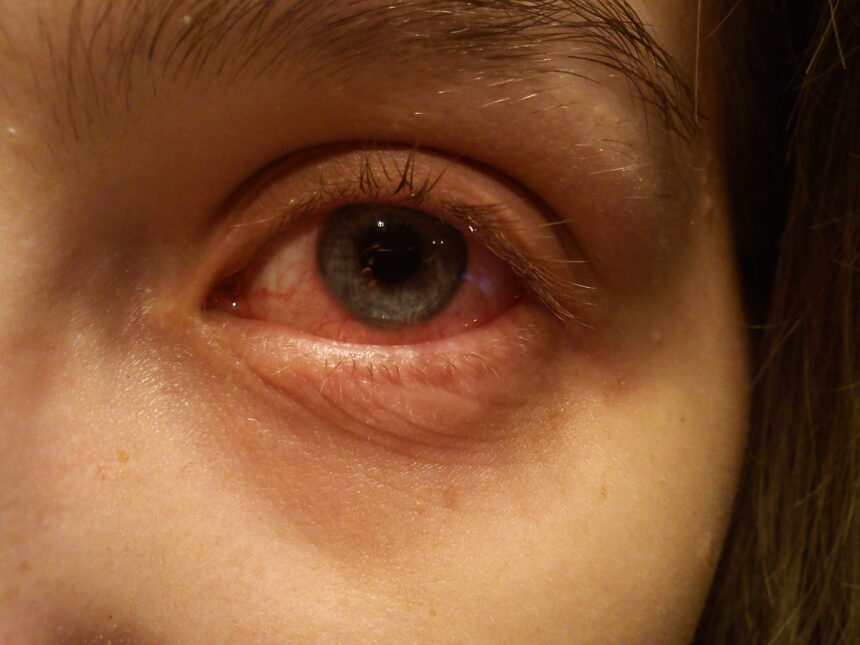Eye cysts are typically benign growths. A cyst on eye tissue is a small sac filled with fluid or semi-solid material that forms on or within the eye. While some are harmless, understanding their causes, recognizing their symptoms, and knowing when to consult a medical professional can provide clarity and guide appropriate action.
What Causes a Cyst on Eyes?
A cyst on eye tissue may develop as a result of injury, trauma, or certain underlying medical conditions that affect the tissues near or around the eye. The formation of a cyst typically involves a collection of fluid or tissue beneath the surface. This may become noticeable as a lump or bump on or near the eyelid. When the skin around the eye experiences a cut, laceration, or burn, the body responds by initiating a healing process. During this time, a pocket of fluid or cellular debris can become trapped beneath the surface, which results in a cyst.
In addition to injury and trauma, some health conditions and medications may contribute to cyst formation around the eye. Individuals living with diabetes can have altered wound healing. This can increase the possibility of fluid or debris collecting under the skin after even minor injuries. Some medications may also contribute to cyst development. Healing responses can be delayed or modified by underlying conditions or drug therapies. The risk of cyst formation can be heightened as a result. This may especially be the case after injury, surgery, or other interventions near the eye.
What Are the Symptoms?
Cysts may present with various symptoms. Individuals might notice blurred or distorted vision, particularly in the central field of view. Some may experience changes in color perception, such as objects appearing a different color than they actually are. Other symptoms include dim, dark, or misshapen objects. In some cases, symptoms may not be noticeable, making regular eye check-ups valuable for early detection.
When Should You Seek Treatment?
Knowing when to seek medical attention for a cyst on the eye is something to factor for comfort, safety, and long-term outcomes. Some cysts that develop after injury, trauma, or surgical repair are benign and may resolve with time as the tissues continue to heal. Observation is often sufficient when there are no signs of infection, rapid growth, or functional impact on vision or movement.
Treatment should be sought if noticeable vision changes occur, such as blurred or distorted vision, particularly in the central field of view. These symptoms may indicate underlying conditions, such as cystoid macular edema, which can lead to further complications if left untreated. Early evaluation by an eye care professional can help identify the cause and determine the appropriate course of action.
Confer With an Eye Specialist
While some cysts on the eye are not a cause for major alarm, proper diagnosis and management are beneficial for comfort and health. An eye specialist can accurately identify the type of cyst and recommend an appropriate course of action. Consulting with a professional provides a clear path to professionally treating the issue and protecting your eye health.













